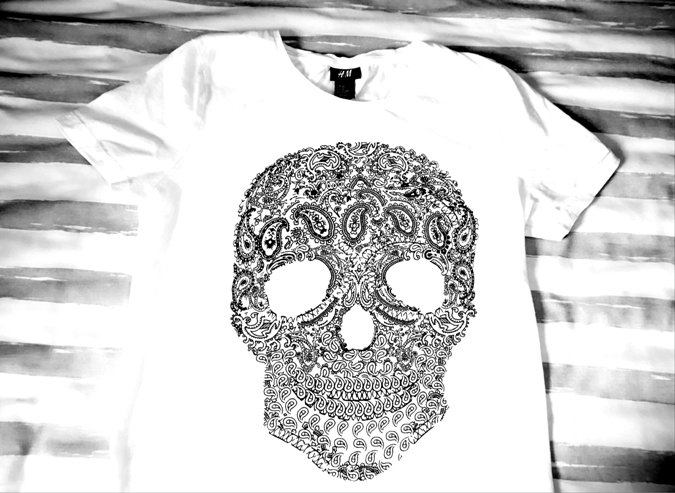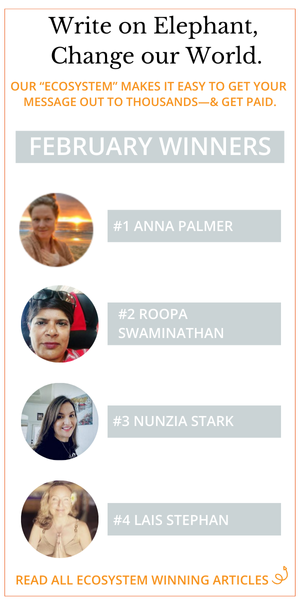The fast fashion giant is promoting itself as a more ethical alternative. Should we believe the hype?
Green has become a marketing buzzword as companies try to capitalize on society’s shift toward more eco-friendly options. People like to feel good about what they spend their money on.
As we are becoming more aware that our lifestyles aren’t sustainable, many of us are becoming more conscientious shoppers. We are opting for organic fabrics, recycled packaging and pesticide free foods.
Advertisers are picking up on this trend and greenwashing businesses for profit, not positive change. Greenwashing is simply highlighting a company’s more ethical practices while hiding less savory statistics. An example would be a hotel chain promoting its new organic cotton sheets while wasting millions of gallons of water and excessive amounts of non-renewable energy. Another example would be a beauty brand advertising its newest shampoo as natural when it only contains three natural ingredients along with half a dozen toxins. This happens all the time and it is important to be aware of marketing manipulation.
So, how do we know if a company is actually ethical?
Transparency is key. Look into a company’s products and practices. Is there substantial evidence to support their green claims? Do they only offer one natural product and a host of chemical laden concoctions? There are several key factors to consider when selecting a more ethical product or brand. How and where is the product made and under what conditions? Labor, materials, ingredients and environmental efforts are all relevant.
Let’s take a look at H&M, the world’s second largest clothing retailer. They recently released a new “Conscious Collection” and are spreading the word about their sustainable practices. On the website’s about page, sustainability and the company’s “Conscious Foundation” are prominently featured alongside financial reports and brand history.
After clicking the sustainability link, I am brought to a nicely formatted page with categories including working conditions, wages, conscious materials and animal welfare. Each of these subpages contains relevant information highlighting the brands most ethical endeavors. They discuss how they work with their suppliers to ensure fair treatment of employees, though it is noted that they do not own any of their factories. This distances them from any labor issues, but it does seem they are making an honest effort to effect change.
As a big business and fast fashion front-runner, they likely want to keep costs down and profits up. The brand isn’t locally produced or entirely earth friendly and encourages consumers to buy, buy, buy. The production of dozens of new styles each season supports over-consumption which creates waste and can’t be good for the environment.
Even still, let’s give credit where credit is due. H&M is the biggest user of organic cotton in the world. They also utilize other organic materials including linen, silk and hemp. The brand has many products made of recycled polyester and the more eco-friendly fabric, lyocell. They support numerous recycling programs and have partnered with the World Wildlife Fund to help conserve water.
While all of this is certainly a step in the right direction, there are still several areas that could use work. There are environmental issues to address and many oppose the use of leather. Efforts are clearly being made to promote fair working conditions and wages, but they aren’t there quite yet.
Fast fashion will never compare to locally produced, entirely organic, solar power-supplied small businesses but positive changes in the industry will positively change the world.
References:
Relephant read:
5 Things You Didn’t Know About Your Clothes.
Author: Kristen Koennemann
Editor: Catherine Monkman
Photo: Author’s Own

 Share on bsky
Share on bsky







Read 2 comments and reply